After many months the SR Suntour GVX gravel fork has seen its fair share of miles and abuse to come out on the other side smiling and generally stoked.
First launched in 2021, the GVX fork is of interest to many for performance and value. While at Sea Otter 2023, SR Suntour was showing off this new version of the GVX fork that got a few upgrades and shaved some weight.
The GVX fork is available in travel lengths of 40-60mm with either 12×100 or 15×100 thru-axle. On test was the SF24 GVX32-S LOR, coming in at $550 USD. This fork features Suntour’s EQ Equalizer System and PCS that improves on the previous generation.

The Lab
The GVX32-S is a 700c Gravel fork, it is available in three different travel options: 40mm, 50mm, 60mm. All of which have a tapered steerer tube and a choice of 12×100 or 15×100 thru-axle.
This updated version of the GVX fork is ~120g lighter then the original version largely due to the hollow crown design as opposed to the cast design of the previous generation. Ours weighed in at ~1576g on the scale with a cut steerer just shy of 8.5″ (weighed without fender and axle).
The SF24 GVX fork sees the highest negative-to-positive ratio of all the air forks in the Suntour lineup. The large negative air chamber is designed to give the GVX fork maximum small bump performance, something that is in high demand for gravel rides.
On the air side, the GVX fork uses the EQ Equalizer System to fine-tune pressure. In short, the EQ Equalizer System balances the air pressure between the positive and negative air chambers. It comes with 6 volume spacers, the maximum allowed, pre-installed to finetune the volume and pressure for the optimum riding feel.
On the damper side, the GVX fork uses PCS, Piston Compensator System, to control the high-speed compression and rebound circuits. Specifically, the GVX uses the LOR, or RLR, damper, which is a (LO) lockout and (R) low-speed rebound adjustment. To adjust the low-speed rebound, you have to remove the axle to gain access to the 3mm hex screw giving you 24 stops of rebound to adjust.
It is worth noting that the SF24 GVX will be offered in a base level “E” version as well as the “S” version with all the bells and whistles, EQ and PCS.
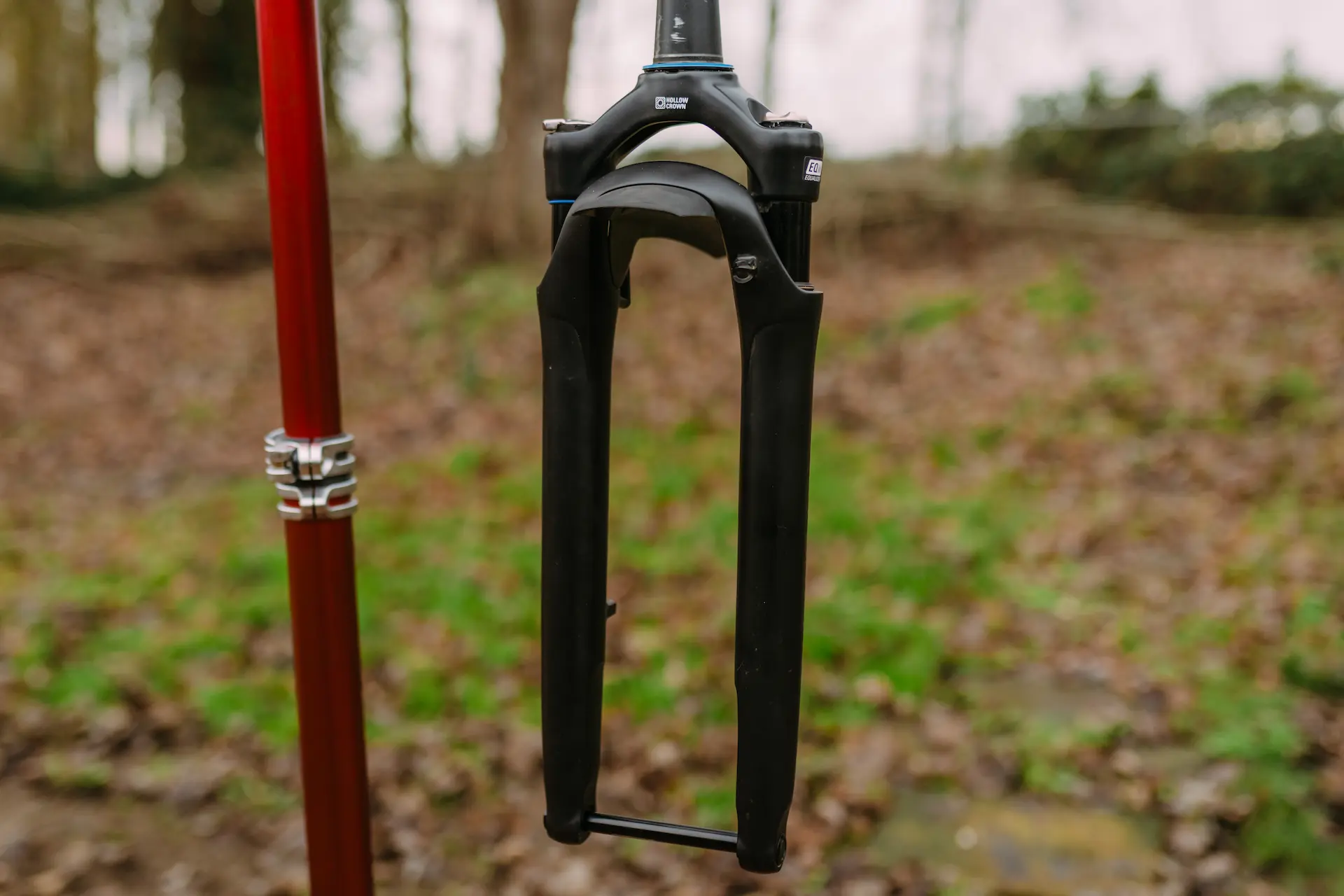
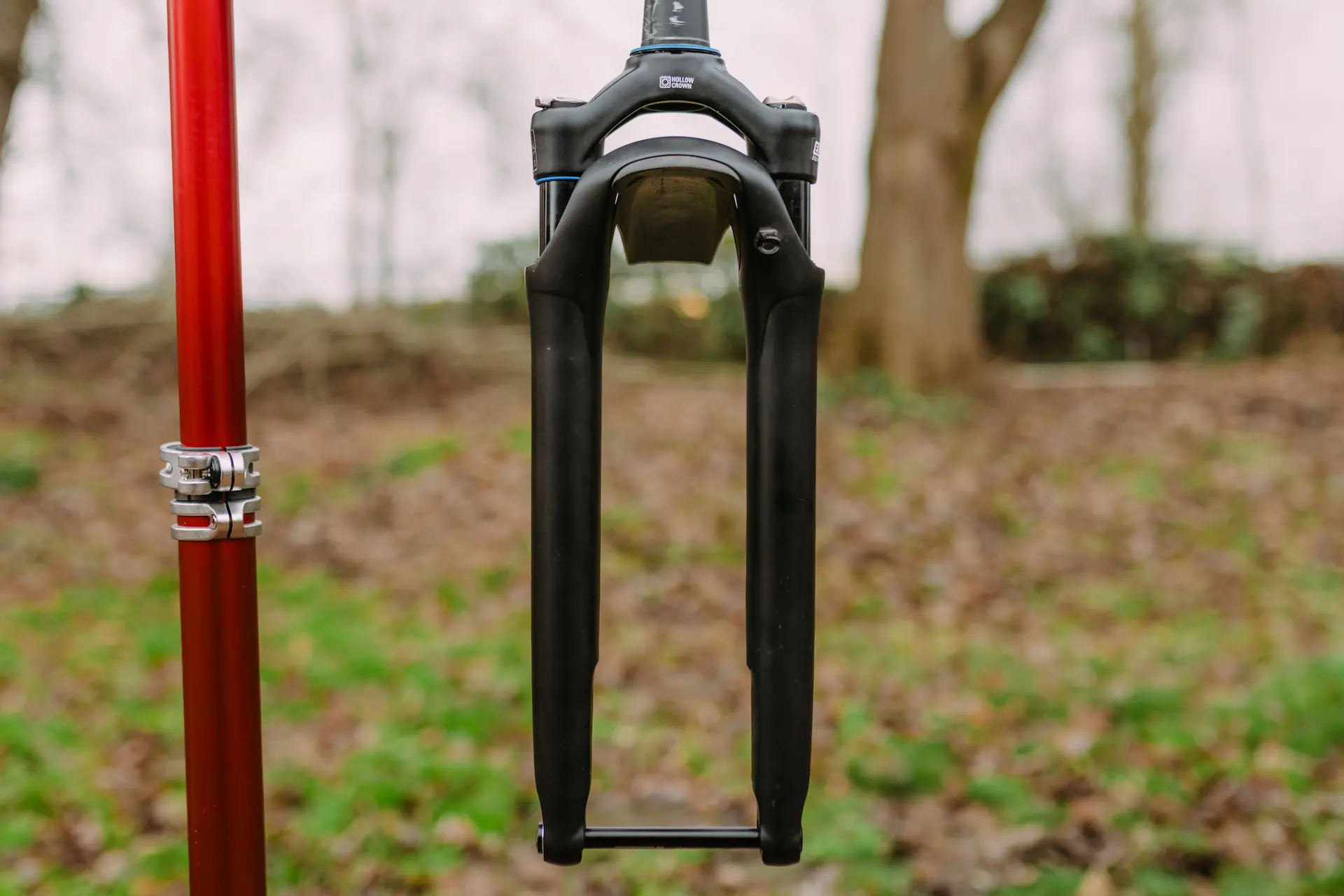
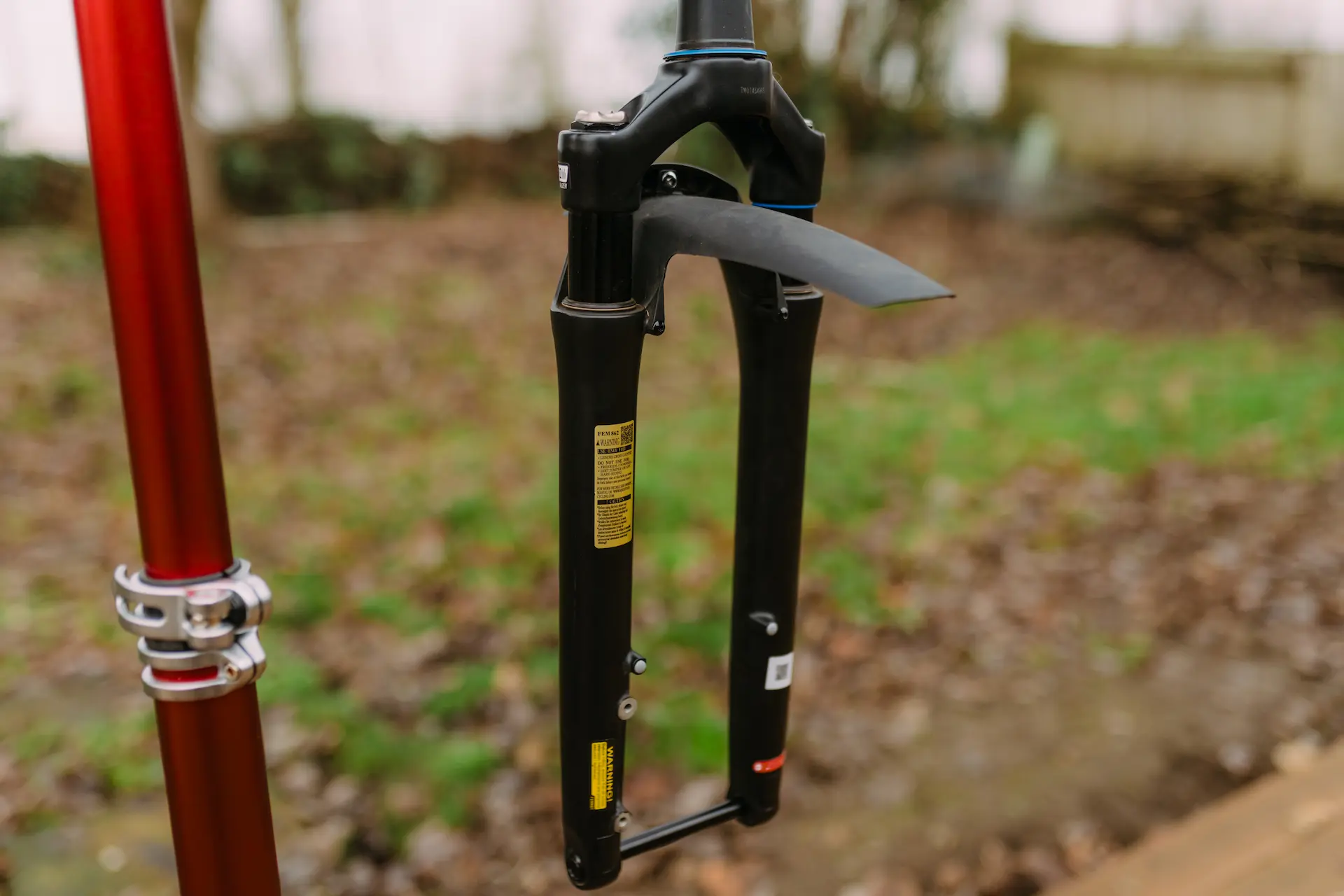
Installation of Suntour GVX fork
For testing purposes, we mounted the GVX fork to two different bikes over the last few months, a Niner RLT E9 RDO and a Velotric T1. Both bike’s welcomed the fork and required minimal modification to install. The most laborous duty was rerouting of the front brake hose. Both bikes were integrated and required removal from the original forks, and olive and insert to then rebleed for a fresh installation. Worth noting for those taking on the task.
Our GVX has 40mm of travel, and measured at ~17 inches axle to crown the same as the Niner. Accounting for sag on the GVX fork actually brings the front end of the Niner down about 10mm, where a 50mm or 60mm travel fork would be welcome a bit more on this specific bike.
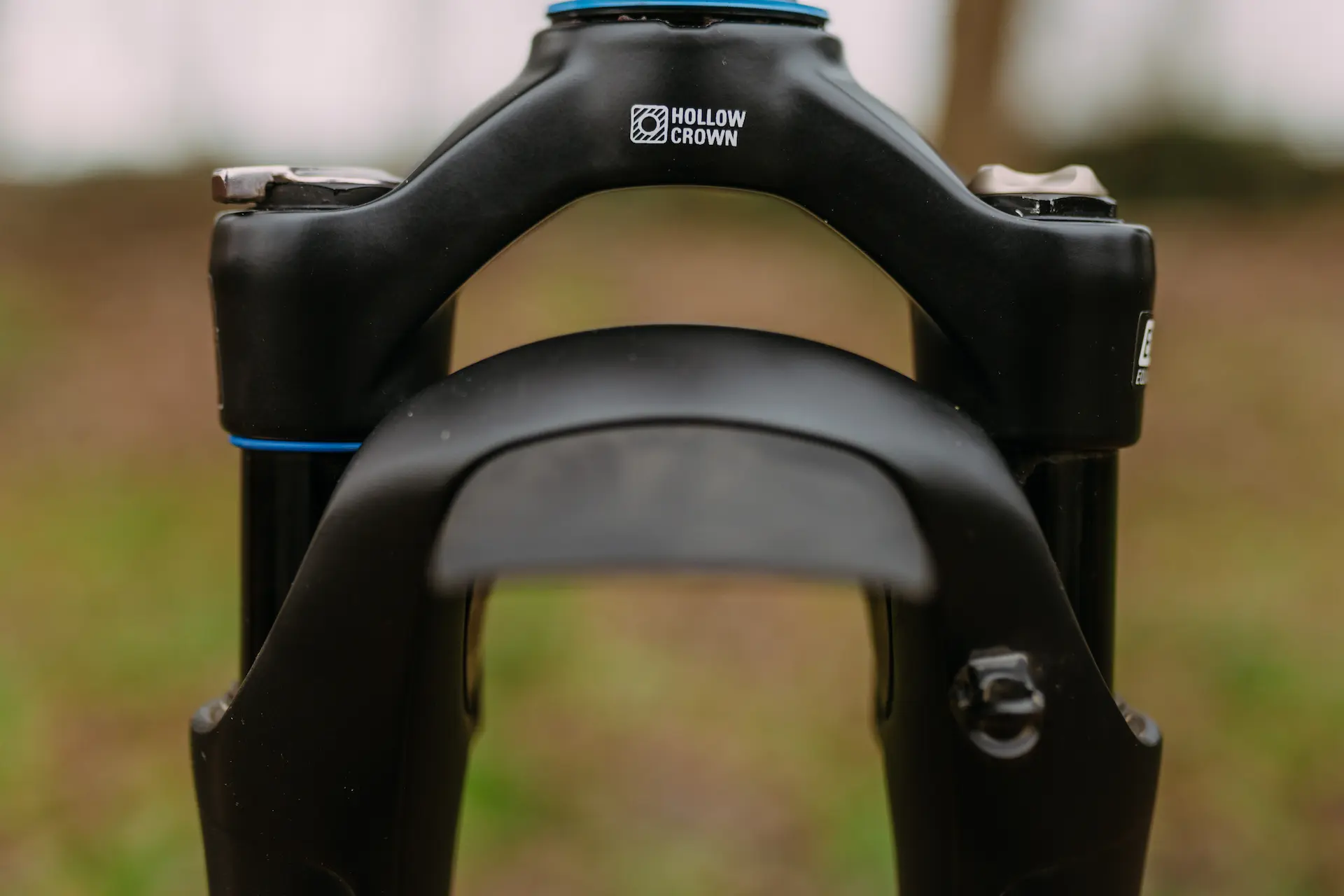
Dialing in the GVX fork to your settings
Suntour does provide a guide for air pressures and sag measurements. I found the pressure to be a bit low and made bottoming out the fork way to easy. Due to a smaller stanchions and overall smaller volume of air, dialing in the GVX fork does have its differences from traditional air settings that you may be familiar with on a trail or enduro fork.
Boosting up the air pressures slowly to where I found them to offer the best support, I played with removing the volume reducers one by one to find the right feel. Settling in with 2 spacers and ~140psi. Ultimately, with around 8-10mm of sag, the fork felt much more supportive and managed the small bumps fast. With size fork, when isolated it can feel a bit like a pogo stick, but due to the short travel and focusing on the sag measurement for air pressure, it by no means has the pogo characteristic of a long travel fork (140mm+).
It is worth mentioning that these pressures and even the volume spacers were changed many times based on the bike, the tires, and the route. From multi-day bike packing with gear, to 50/50 routes of pavement and fire roads, the fork is easy to adjust and dial in for those who like to fidget. At its core though once you have your settings dialed there is not much for quick adjust settings on the fork. The lockout on top and a not-so-quick-to-adjust rebound setting.
How does the Suntour GVX Perform?
On both test bikes going from a stiff carbon fork to the GVX overall ride comfort was greatly increased. Long days in the saddle riding fire roads into the hills, hand fatigue and general upper body fatigue was dramatically decreased. This allowed for riding longer and more enjoyably.
The first few rides while still sorting out the pressures and volume spacers were not as comfortable and I had to allow for tuning time making the rides much shorter. This process took longer on the Niner than it did with the Velotric as I had experience and knew what I was trying to get the fork to feel like.
Most of the riding was done on steep and rocky fire roads, which is where the fork shined the most. Climbing and being able to lockout was nice and a useful quick adjustment for groomed and paved roads, but I typically ran it open on most climbs to maintain a smoother climb and maintain an aggressive ascent. Charging downhill is where the GVX fork uncorked and where you truly notice the difference of suspension.
Designed for small bumps, the GVX soaks up the bumps and rocks, but most importantly soaks up the water bars and breaking bumps. When you’re going fast downhill, those can be dangerous and push a bike off track quickly. Riding the fork on the stiffer side allowed to charge the rough stuff easier and the stable pedal platform on the pavement was much welcomed.
When it comes to singletrack and cross country style rides, the GVX fork made both bikes come to life. Additionally, it made them much more forgiving on the trail. I know this is where a handful of people want to stick it to gravel bikes and suspension, but let’s just skip past that narrative. Small jumps in the trail, quick switch back, rogue roots, trail riding is where the rider takes a lot of abuse on a gravel bike. Introducing the GVX to our test bikes had me searching for trail ride segments that I could incorporate onto a longer gravel ride.
Know the limitations though, 40mm of travel is by no means trail ready if you’re looking to get rowdy. Its enough to have fun, but it’ll remind you if you’re riding it too hard. I find this to be a good precaution to not push the limits of a gravel frame too hard.
Price: $550
Options: E or S; 12×100, 15×100
Travel: 40mm, 50mm, 60mm
Website: srsuntour.com
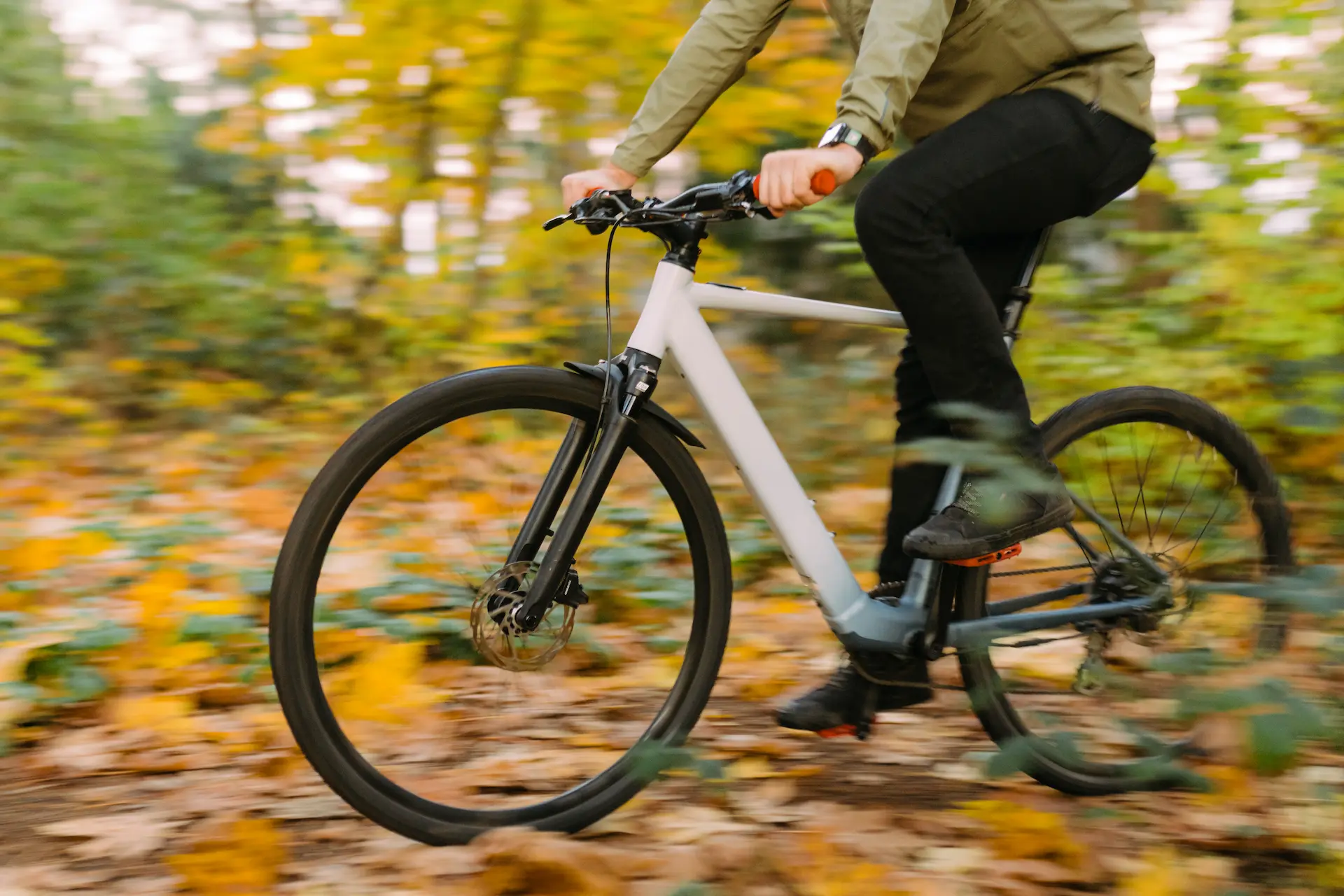



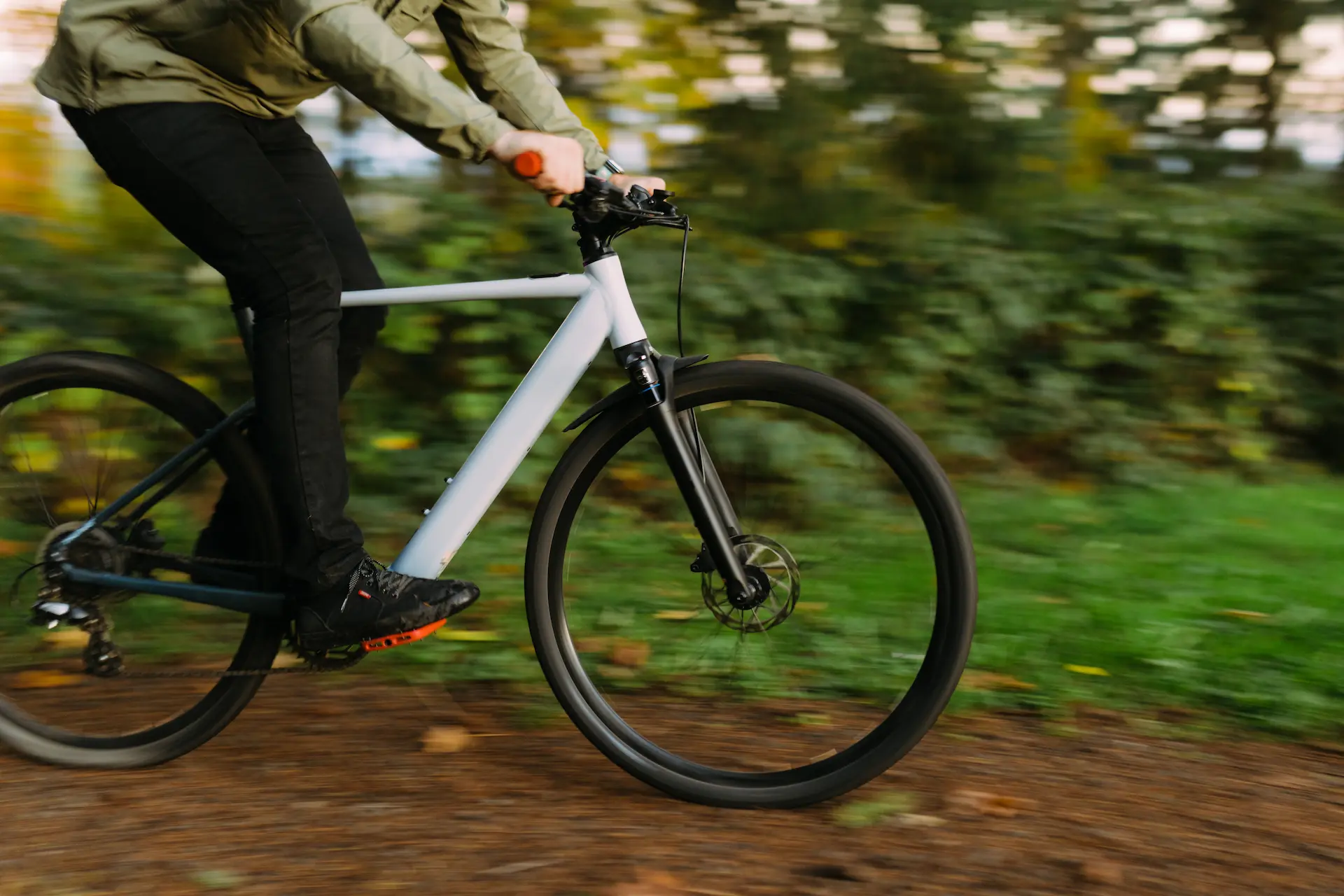

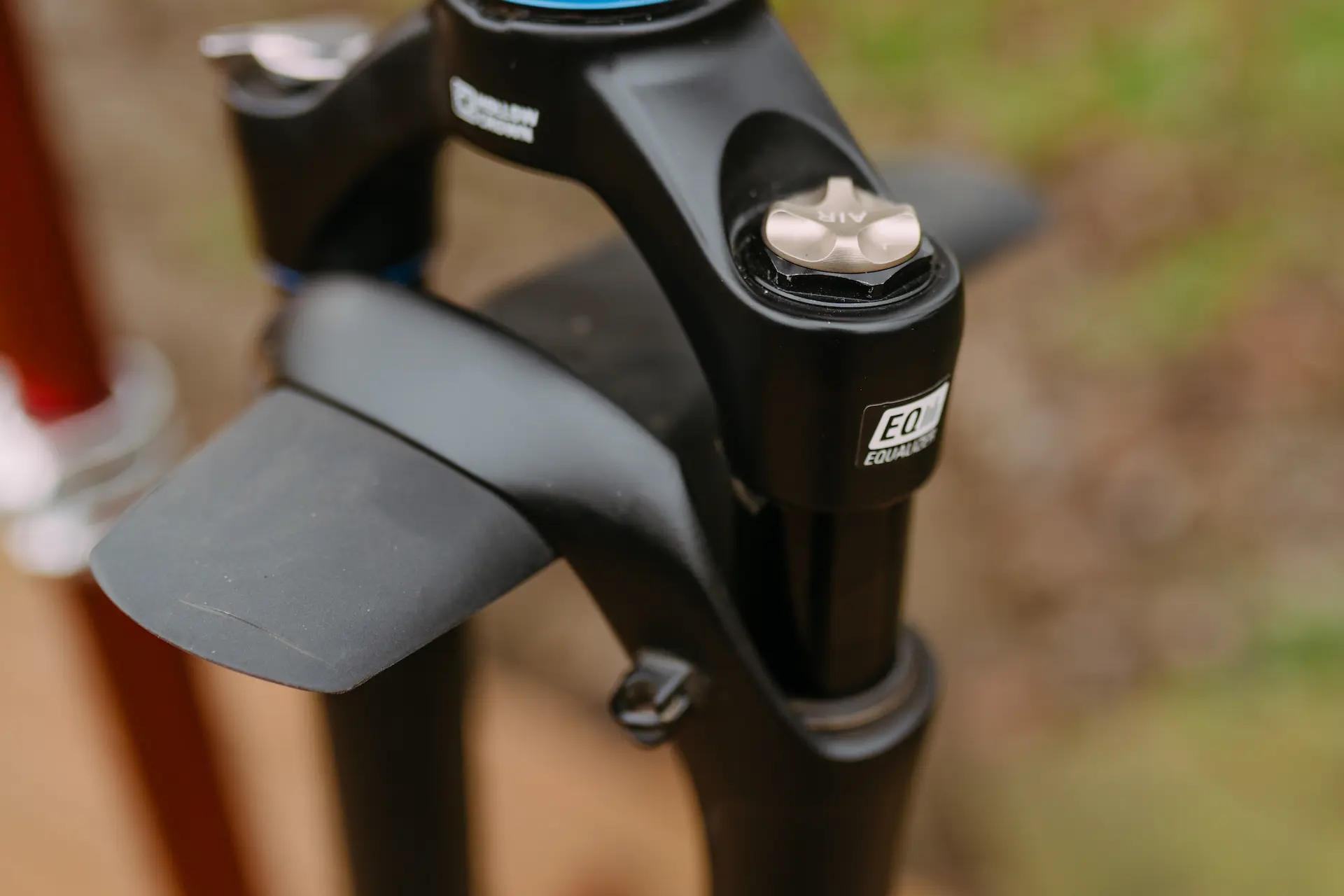
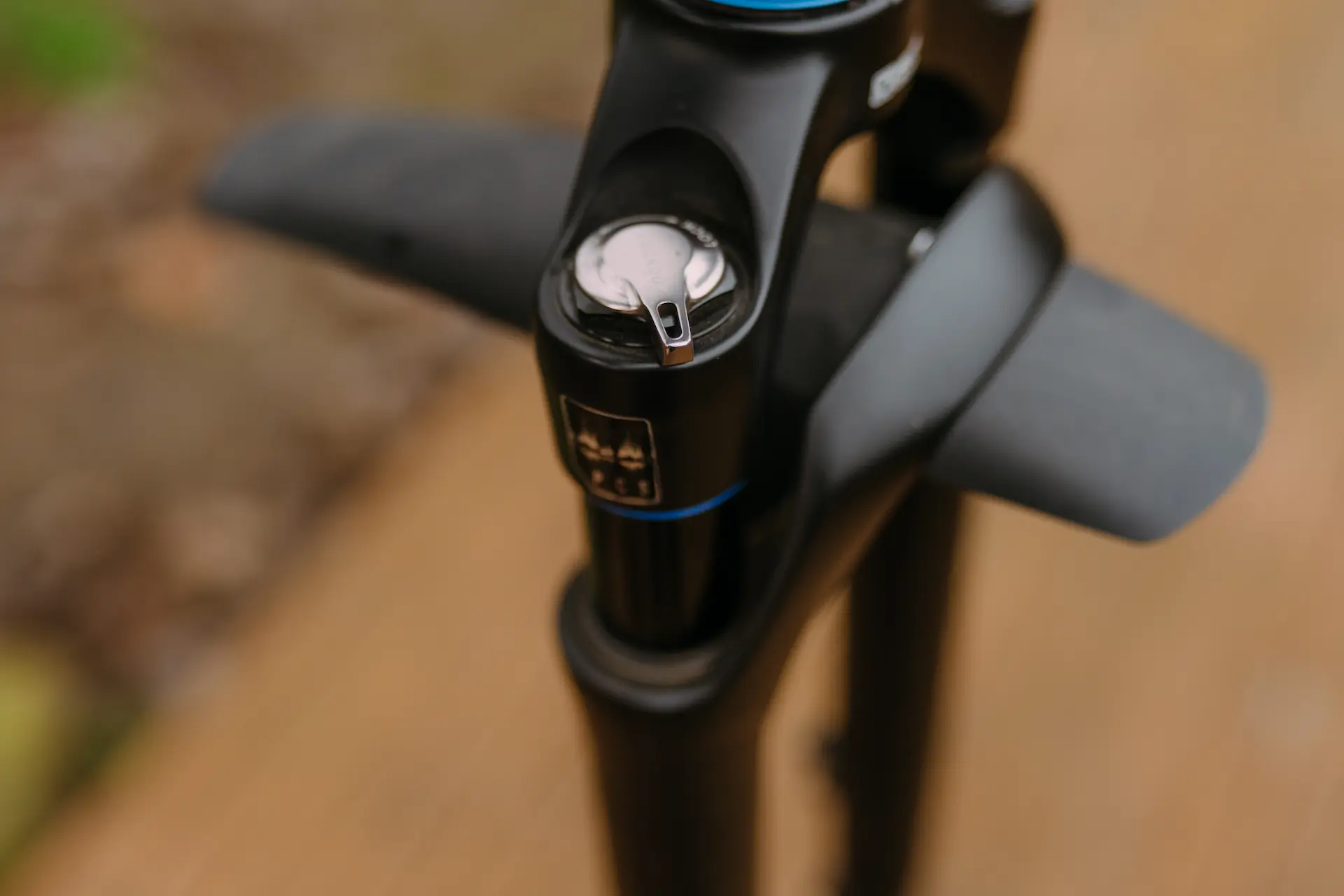
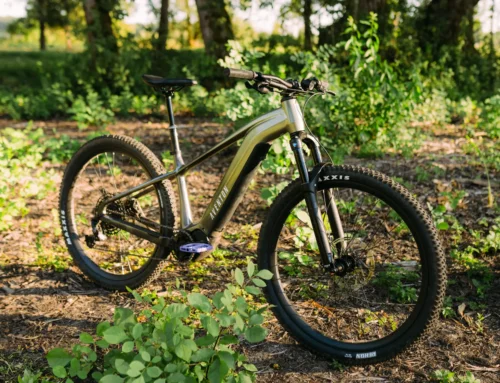
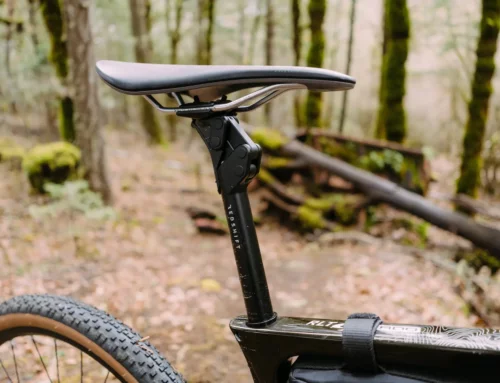
Leave A Comment
You must be logged in to post a comment.